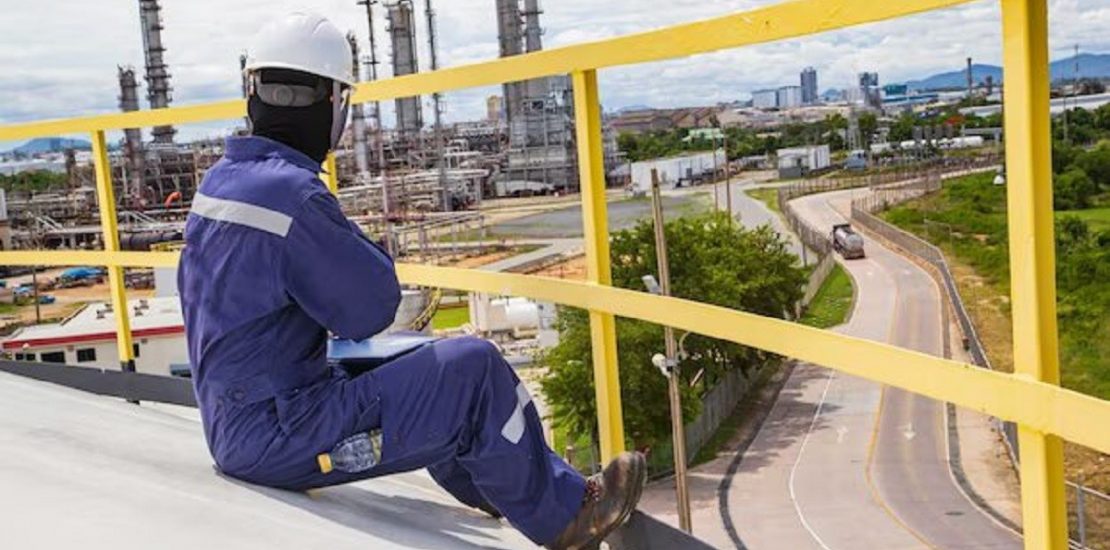A Layer of Protection Analysis (LOPA) Training: A Key to Process Safety
- June 26, 2023
- Posted by: Velosi Author
- Categories: Insights, Trainings

Introduction to A layer of Protection Analysis (LOPA)
A Layer of Protection Analysis (LOPA) is a risk management technique utilized to determine and assess the efficacy of Layers of Protection (LOPs) in preventing or mitigating hazardous incidents. It is a semi-quantitative method for analyzing and assessing risk within a process plant, which evaluates the sufficiency of existing or proposed layers of protection against identified hazards.
Importance of Layer of Protection Analysis (LOPA) Course
A layer of Protection Analysis (LOPA) and Hazard and Operability (HAZOP) are two of the most widely used risk assessment methodologies in the process industries. Both methods are qualitative, meaning that they do not use mathematical models to calculate risk. However, they are both systematic and structured approaches to identifying and evaluating hazards.
An extensive LOPA training course can equip individuals with the necessary knowledge and skills to implement LOPA techniques to assess risk and improve process safety.
A worthy LOPA training course will cover the following key points:
- The concept & methodology of LOPA
- The different types of LOPA studies
- The steps involved in conducting a LOPA study
- LOPA/HAZOP
- SIL Classification using LOPA
- Recording methods, software, and reporting
- Common failings and limitations of LOPA
The LOPA course will extensively cover the regulatory requirements for this methodology and will enhance career opportunities for individuals in the process safety field.
Benefits of taking a LOPA training course:
- Apply the Layer of Protection Analysis (LOPA) methodology to determine the need for a Safety Instrumented System (SIS) in a process.
- Assess the safety integrity level (SIL) requirements of a process to make informed decisions regarding the need for a Safety Instrumented System (SIS).
- Determine the necessity of a Safety Instrumented System (SIS) for a process by evaluating the potential risks and hazards associated with the process.
- Acquire an in-depth comprehension of Independent Protection Layers (IPLs).
- Effectively conduct a LOPA study to evaluate the safety prerequisites of a process, pinpoint potential hazards, and ascertain the necessity for a Safety Instrumented System (SIS).
- Devise a plan to manage Safety Instrumented Systems (SIS) throughout the entire lifespan of an installation, ensuring their sustained efficacy and adherence to safety regulations.
Please contact us for more information and assistance.


